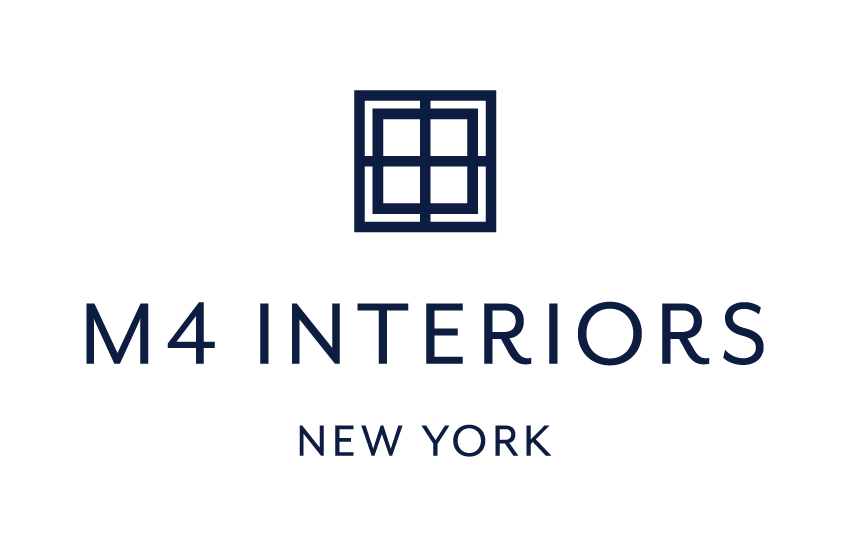Color Psychology in Interior Design
Enter a world where colors tell a tale, where a painter’s brush stroke makes a difference or how color selection affects a room’s overall visual appeal. Beyond simply giving life and vibrance to a room, colors play a vital role in influencing our moods and how we interact with our environment. The play of psychology into the colors within a room we move in, this is the theory of how each color affects a person’s overall psyche, “Color Psychology is based on the scientific effect of different hues of each color of the spectrum, on the human brain.” (Foyr, 2022)
Let’s see three areas that M4 Interiors take into consideration when choosing colors for projects for commercial environments.
1) Primary Colors in Theory
Red, blue, and yellow fill up the primary colors in the spectrum and all have different effects; red is the most vibrant color making it one of the warm colors in the color wheel and helps in inspiring leadership and willpower, however it can be considered aggressive in certain commercial settings. Blue, in contrast to red, is one of the more calming colors in the spectrum and is mostly used for medical settings. Yellow is mostly associated with sunshine so it makes a happier and livelier workspace, however a room with too much of this color can also drive-up blood pressure causing feelings of anger without provocation.
2) Secondary Colors in Action
Following the primary are the secondary colors; purple, green, and orange. Purple invokes a feeling of royalty and elegance, it is often used by academic institutions to symbolize knowledge, firms that sell vintage or handcrafted goods can use it for the nostalgic feel, when mixed with gold it helps businesses project an air of luxury and prosperity. Green is naturally related to nature, we associate this color with nurturing, which inspires us to do the same for others. For companies that deal with natural, eco-friendly, organic, or sustainable components, green is the ideal brand color. Lastly, orange. It is more inviting than red. Depending on the shade and related hues, it promotes social communication with businesses.
3) The Role of Lighting in Color Perception
While selecting colors is crucial, recognizing the role of lighting goes beyond color selection as this influences the very look of these colors. Natural light acts as an enhancer and accentuates the vibrancy of colors while artificial lighting can subtly change the appearance of a room. This becomes a pivotal change in design as it ensures that the color palette maintains its effect throughout the day to night transitions. By understanding the interplay between these two elements, designers can create a visual symphony that harmonizes the ambiance of a space, regardless of the hour.
As interior designers, we can use the power of color psychology in crafting spaces that not only pleases the eye; but also create a space where individuals are able to interact with accordingly. Whether it’s the warmth of an office, the serene tranquility of a lobby, or the elegance of neutrals, understanding the psychology of color is an essential element to unlocking the full potential of interior design.



